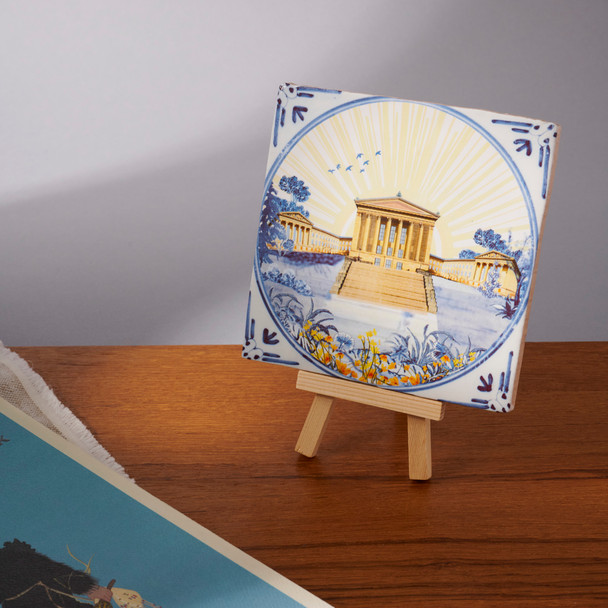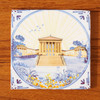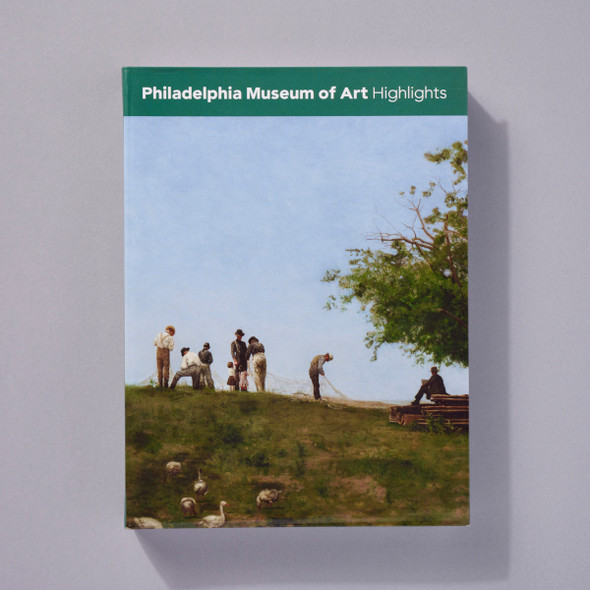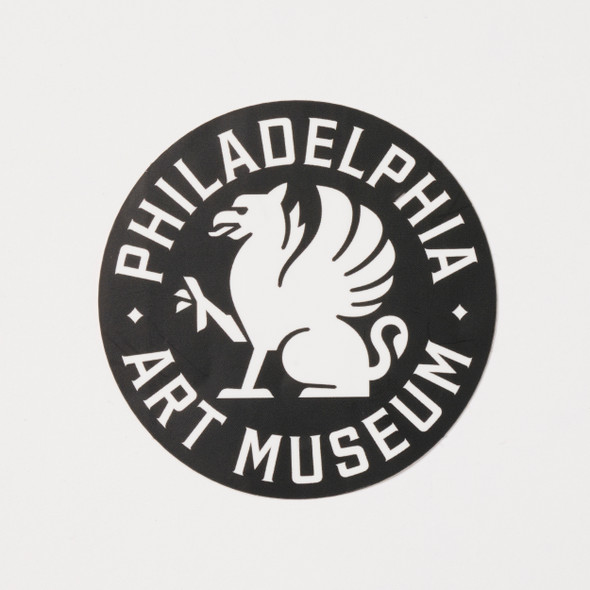Description
What better way to celebrate the Philadelphia Museum of Art's vast collection of Dutch tiles than to collaborate with StoryTiles of Amsterdam on our very own piece featuring our majestic museum sitting atop a Delft-inspired blue hill surrounded by nature and the beams of a rising sun! These wonderful exclusive tiles are truly individual works of art. Fabulous for gifting to all your Philly friends, tiles can be hung, displayed on easels, or worked into your backsplash.
StoryTiles started by using old Dutch designs from the past and adding "nowadays" details. The result is charming, Dutch heritage with a twist! All tiles are baked in traditional Dutch ovens at a high temperature making them heat and water-resistant.
Following the 1609 Twelve Year Truce with Spain, and the Treaty of Münster which ended the 80 Year War in 1648, the war-damaged cities of the Dutch Republic were rebuilt and began to enjoy new-found economic prosperity based on sea and river trade. The reconstruction and subsequent development of towns also required the increased use of tiles as a building material.
The earliest tiles were made of clay found along the floodplains of riverbeds; the clay was a blend of eroded rock fragments infused with minerals and organic matter, including iron, which produced the red color of tiles after firing. The first Dutch tiles were unglazed and used on the floor. Because the porous tiles deteriorated rapidly, however, lead and tin-glazing were quickly introduced to protect and waterproof the tiles. The technique of tin glazing was first used in Europe by Moorish craftsmen in the early Middle Ages, but this method was introduced to the northern provinces of The Netherlands only at the beginning of the sixteenth century.
The Dutch craze for tiles in the home as objects of both utility and decoration – as a building material tiles reduced fire risk, kept out the damp, and were an easy surface to keep clean - resulted in the establishment of factories not only in Delft, but throughout Holland to satisfy a constantly increasing demand.
The process of manufacturing and decorating Dutch tiles rarely strayed from several unvarying steps: The clay was first washed and left to mature, followed by massaging in a pug mill, which consisted of a large vertical wooden barrel containing metal cutters that were moved through the clay by a horse walking around the barrel. The prepared clay was then pressed into square wooden or metal frames and rolled flat. The frames were then lifted away and the clay was left to dry. Once firm, the clay was trimmed to size and biscuit fired at 1000 degrees Celsius for 20 to 40 hours, followed by up to three days of cooling within the kiln. Following this, tin glaze, which is a lead glaze to which tin oxide has been added, was applied. After the second firing, the tiles gained an opacity which provided an excellent background for decoration.
- Philadelphia Museum of Art Exclusive
- 5.12" x 5.12"
- 9.9 oz
- Includes hanging hook on the backside to display as a small work of art
- Heat/water resistant
- Hand-made in Holland













